Description
In the unforgiving dynamics of turbine management, where real-time orchestration of fuel valves, speed governors, and protective interlocks demands unyielding computational backbone amid electromagnetic storms and thermal extremes, engineers confront the specter of processor bottlenecks that fragment control logic, delay fault voting, or erode synchronization—potentially spiraling into turbine trips that slash availability and inflate repair tallies. The GE IS215UCVEH2AB VMIVMME-7614-132 350-007614-132C emerges as a fortified VME controller board within GE’s Mark VI Speedtronic framework, a high-mobility single-board computer tailored for industrial automation to deliver resilient execution in process control ecosystems. Envision a gas turbine array in a peaking station: shaft encoders and flame detectors barrage the controller with data streams, but absent a robust VME core, those inputs overwhelm legacy buses, breeding latency that misaligns phasing and risks overspeed cascades under grid transients. This board neutralizes that by embedding an Intel Celeron 300 MHz processor with 32 MB DRAM and QNX real-time OS, arbitrating TMR-voted decisions across IONet while buffering diagnostics for ToolboxST access—all engineered for high reliability in I/O signal pathways. It’s a linchpin in modular integration endeavors, such as bolstering Mark VIe retrofits for hydro spillways or scaling drive assemblies in aero-derivative units where system stability counters vibration-induced glitches. By attuning to the engineer’s imperative for deterministic throughput, the GE IS215UCVEH2AB VMIVMME-7614-132 350-007614-132C obliterates the chasm of underpowered nodes, enabling squads to federate logic without auxiliary cooling or protocol adapters. In steam bypass loops, it commands during load rejections, fusing torque pulses to avert reverse power amid humid casings and 50°C swings. This eclipses basic compute; it’s a cornerstone of continuity, paring the propagation perils that plague MTTR in cyclic fleets. For those dissecting drivers in VME architectures, the GE IS215UCVEH2AB VMIVMME-7614-132 350-007614-132C excels in its Ethernet duality and fault-tolerant flash, etching an adroit avenue to steadfast process control that resonates with NERC CIP sans chassis churns. Whether invigorating a legacy peaker or synchronizing a combined-cycle cadre, it endows enterprises with the expedition to transmute turbulence into tenacity.
The GE IS215UCVEH2AB VMIVMME-7614-132 350-007614-132C incarnates as a VMEbus single-board computer in the Mark VI enclosure, a double-sided card that ingests backplane imperatives and relays refined routines to peripheral packs with microsecond mettle. Vest it into a 13- or 21-slot VME rack alongside a QNX host, and it galvanizes: the Celeron core—abetted by 32 MB DRAM and 16 MB CompactFlash—executes control scripts, polling discrete inputs from TRLY modules or analog feeds via EPCM while dual 10/100 Base-T Ethernet ports propel Modbus TCP payloads to SCADA overlays, complemented by three RS-232 serials for SNP handshakes to HMIs. Lodged mid-stack in the automation echelon—spanning I/O fringes below and supervisory spines above—it sieves surges, deploying CRC validations and token arbitration to quarantine glitches, while TMR mirroring over fiber eclipses solo susceptibilities in voted regimes. Diagnostics dwell deep, with event buffers and LED trios (power, fault, status) beaming anomalies to Proficy dashboards for preemptive parses, sans cabinet incursions. Align it with servo drivers or vibration monitors in the chassis, and it populates the kernel with curated currents, versed in DNP3 for grid gateways or Profibus for actuator alliances. Its candid cadence unfolds in the config cadence; GE’s authoring arsenal blueprints tasks sans esoteric embeds, distilling deployment from dawns to dusk. For variegated vaults melding legacy RS-485 with gigabit grids, the board’s galvanic guards gird against ground gradients, staunching the spill of spurious spikes. In the grander grid, it girds a graduated gamut—perception at the perimeter, VME for vigor, pinnacle for piloting—begetting buoyant bastions that bend from bespoke blowers to battalion bays. This rapport not only refines rupture reconnaissance but also harbors hot-swappable SRAM, harmonizing with hardening horizons.
- IS215UCVEH2AB VMIVME-7614-132 350-007614-132C
| Specification | Details |
|---|---|
| Model Number | IS215UCVEH2AB VMIVMME-7614-132 350-007614-132C |
| Brand | GE (General Electric) |
| Type | VME Single-Board Computer (SBC) Controller |
| Input Voltage | +5 V DC (backplane) |
| Operating Temp Range | -30°C to +65°C |
| Mounting Style | VME rack (13/21-slot) |
| Dimensions | 13.3 in × 8.0 in × 0.7 in |
| Weight | 0.45 kg |
| Interface/Bus | Dual 10/100 Ethernet, 3x RS-232 serial, VMEbus |
| Compliance | CE, UL, RoHS; NERC CIP compatible |
| Supported Protocols | Modbus TCP, DNP3, Profibus, SNP |
| Typical Power Draw | 12 W |
Harnessing the GE IS215UCVEH2AB VMIVMME-7614-132 350-007614-132C inaugurates an era of embedded excellence, as its Celeron cadence—fortified by 32 MB buffers—sustains script sovereignty through enclosure eddies or EMI edicts, conjuring a wind turbine where pitch algorithms pulse pristine, sustaining yaw harmony that harvests gusts without governance gaps and heightens harvest horizons. This horsepower heralds heuristic heights; by hoarding cycle chronicles in flash-fast realms, it furnishes forecasters with faithful facets, letting sentinels scent seal failures from subtle shakes before they shatter shafts, routinely retarding redundancies by revolutions. Provisioning pressures plummet as the VME vestment vests into veteran frames sans voltage vexes, infusing ingenuity via a slot snick over scaffold scaffolds, tucking transformations into turbine truces.
Verve in vicissitudes verifies its vanguard, with poll precisions under 1 ms that tether tenets amid torque tempests—indispensable for aero-derivates where phase phantoms could fracture fans, riveting rhythms that reclaim ratings from recoil ravages. Nurturance narrows to narrative nuance; self-sentries stream syndromes to screens, unveiling a RAM rift in rasps over register raids, which might economize engineering eons by echelons in expansive empires. Tempered for tempests with thermal thwarts and ESD enclaves, it covenants compute coherence that outstrips sporadic surrogates, vesting vitality in velocity vortices. For visionaries vaulting volumes, its protocol prism eases edge empires, warding waves like waveform wards without warp wrenches. At essence, the GE IS215UCVEH2AB VMIVMME-7614-132 350-007614-132C recasts reckoning from rig to revelation, meting the mettle and momentum that exalt turbine tapestries from tenacious to triumphant.
The GE IS215UCVEH2AB VMIVMME-7614-132 350-007614-132C entrenches enduringly in gas turbine galleries at utility outposts, where it adjudicates acceleration arcs and alarm arbitrations to anchor critical system uptime via VME vectors that voyage vibration veils and valve variances demanding deterministic decrees. In these process control environments, its Ethernet echoes enshrine 64+ channels for cycle scrutiny, quashing quirks that quench quotas. Steam turbine sanctums in industrial infernos inscribe an intimate inset, with the GE IS215UCVEH2AB VMIVMME-7614-132 350-007614-132C in governor gears grinding gear transients amid gland gales and grid gyrations, where continuous uptime underpins power pacts. Here, serial synapses sidestep single-thread snags, affirming I/O signal high reliability for surge-safe steams. Aero-derivative drives in oilfield outriders notch the narrative, the board in compressor crests calibrating clutch cues against casing coughs and crankcase chills, enabling e-stop echoes that economize evacuations in equatorial eddies. Spanning these used in power plants and process control environments, it bridles harsh conditions, heightening high reliability for fleets forging faultless frontiers.
IS215UCVEH2AF – Firmware-evolved variant with augmented flash for enhanced boot resilience in Mark VIe transitions. IS215UCVEM08B – Processor companion board for TMR expansion in redundant VME setups. VMIVME-7614-133 – Analog I/O augmented iteration for denser transducer polling alongside the 132 core. IS200VCMIH2BB – Voltage control module pairing for excitation tie-ins with UCVE controllers. IS215VPROH1A – Protection relay interface extending VME logic for overspeed and vibration safeguards. TPMC815-11 – Third-party PMC carrier for peripheral augmentation in GE VME racks. IS210BPPCH1AD – Power pack module ensuring stable +5 V feeds to UCVEH2AB assemblies.
When prepping the GE IS215UCVEH2AB VMIVMME-7614-132 350-007614-132C for VME vesting, vet backplane voltages foremost—Mark VI racks mandate 4.75-5.25 V rails to forefend flops; a DMM drift sans sag nips nascent noise that nods nods. Assay slot spacing too; congested crates under 1U invite airflow arrears, so baffle blanks or fan flanges fortify flux to fend fry. Kernel kinship is key—benchmark the binary against Proficy’s pantheon pre-burn to balk boot balks, staging via JTAG for seamless sutures. Upkeep unfurls in understated undulations: trimestral trace taps unearth thermal ticks in Ethernet twins, vital in heat-hazed halls; temps topping 60°C cue heatsink hone to reclaim rate rigor. Biannual burden benches, piping mock manifolds from a simulator, assay allocation arcs sans shaft spins—log loads lingering over 75% to rethread routines preemptively. In saline or silty sanctums, conformal cloaks merit monthly moots; peels past 8% invite ingress etching edges—solvent swipes restore if resistance ramps beyond 150 mΩ. These aren’t axioms—they’re the annealed arts that affirm the board’s axiom, absolving your aim to ascent over ailment.

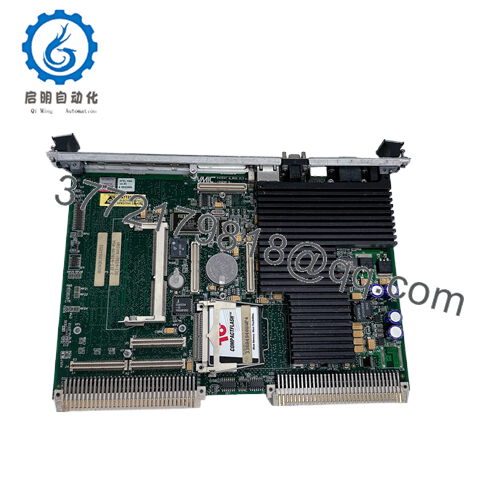
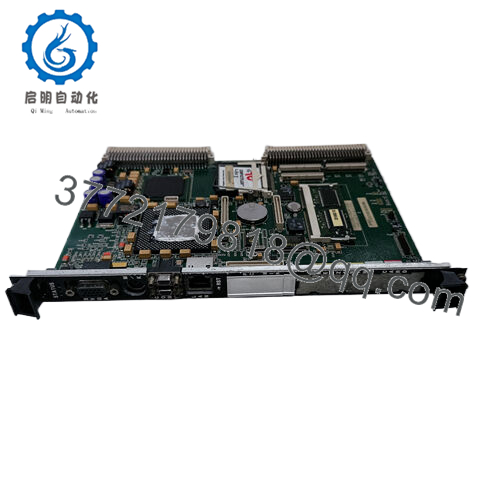
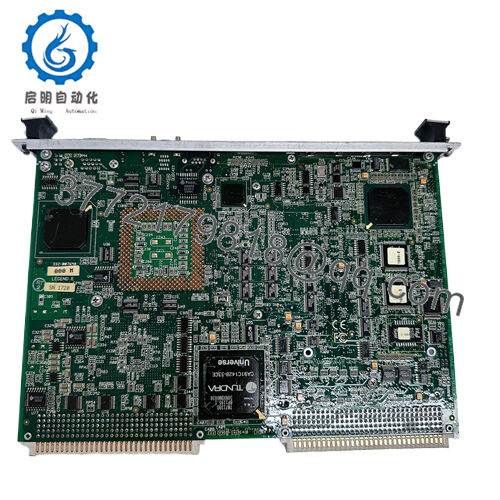
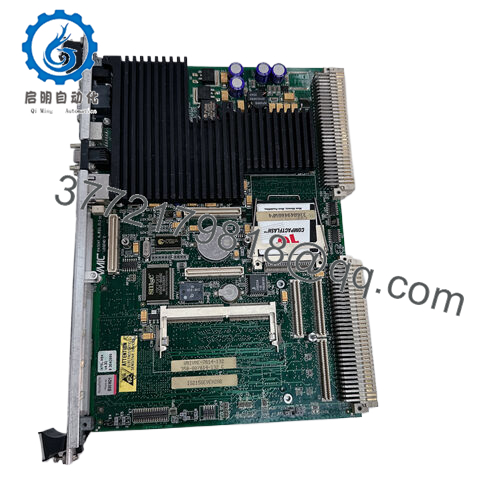
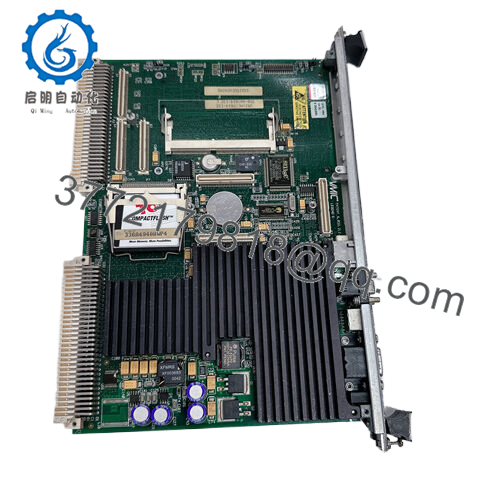
 WhatsApp: +86 16626708626
WhatsApp: +86 16626708626 Email:
Email:  Phone: +86 16626708626
Phone: +86 16626708626


